A fire rated downlight is constructed to withstand exposure to a fire within certain time limits for the purpose of maintaining the integrity of the ceiling and thus keeping the fire from spreading to other areas of the structure. The implementation of this crucial feature has been driven by some legislative building regulations. The UK Building Regulations establish within Approved Document B that “the building shall be designed and constructed so that, in the event of fire, its stability will be maintained for a reasonable period”, “the roof of the building shall adequately resist the spread of fire over the roof”, and “if a fire separating element is to be effective, then every joint, or imperfection of fit, or opening to allow services to pass through the element, should be adequately protected by sealing or fire-stopping so that the fire resistance of the element is not impaired.”
The fire rating of an LED downlight must match or exceed that of the ceiling. Depending on the type and intended use of the building, ceilings have to be 30, 60 or 90 minute rated. The fire rating required for ceilings in 2-storey house (detached or terraced), flats and maisonettes is generally 30 minutes. 60 minute ceilings are typically found in houses and flats with floor between 5m – 10m above ground, and multiple occupancy dwellings. Basements depth greater than 10m or flats over 30m above ground require 90 minute ceiling constructions.
Approved Document B specifies that every joint, imperfection of fit or opening to allow services to pass through a ceiling should be adequately protected by sealing or fire stopping so the fire resistance of the ceiling is not impaired. Since cutting a hole through a fire-rated ceiling to install a recessed downlight is very likely to compromise the integrity of the ceiling, it is necessary to rate the ability of recessed downlights to resist the spread of fire as well. Downlights that are to be installed in fire-rated ceilings need to demonstrate their fire resistance ability through tests carried out in line with the appropriate standards.
Fire rated LED downlights have intumescent materials incorporated into its design. The intumescent material will expand several times of its original thickness in the event of a fire. As the material expands it seals the gap in the plasterboard ceiling and prevents the passage of flame and hot gases into the ceiling cavity. The intumescent material is usually placed at the top of the downlight and around the outside of the housing. The fire rating of the recessed downlight must be the same as, or exceed that of the ceiling.

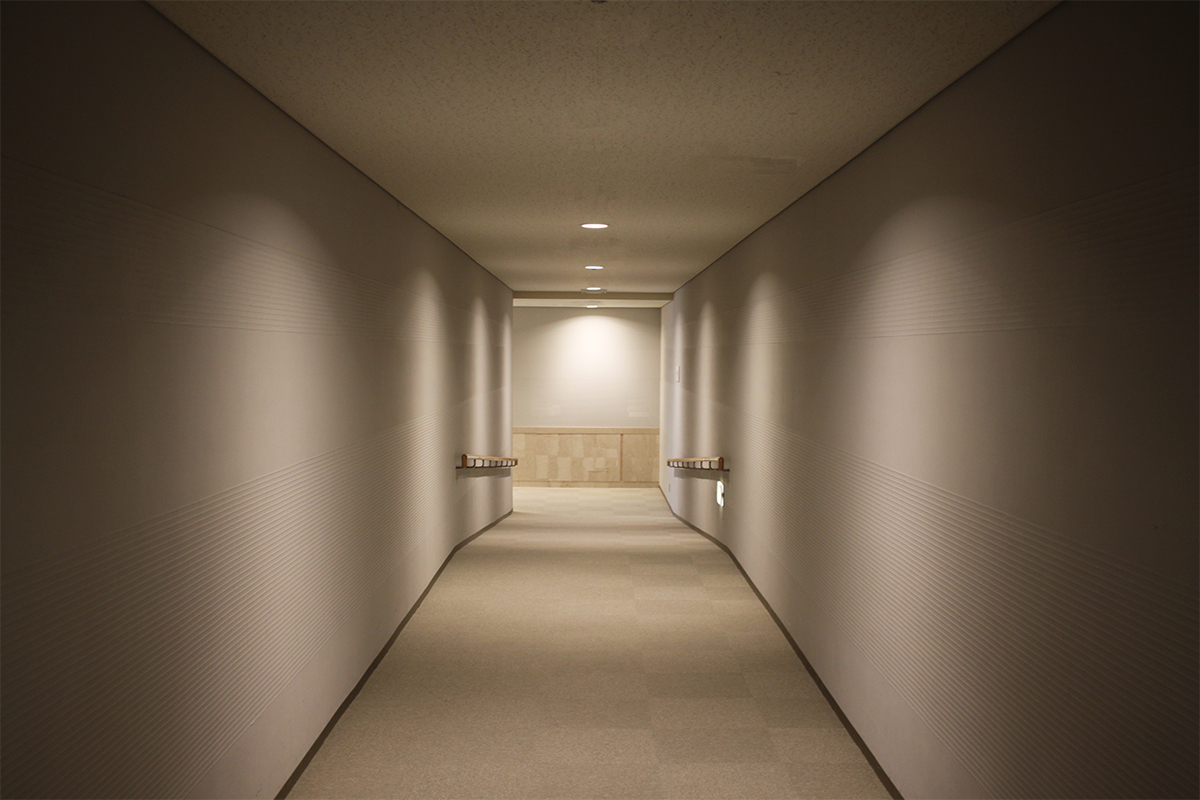

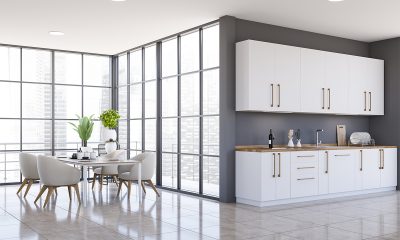
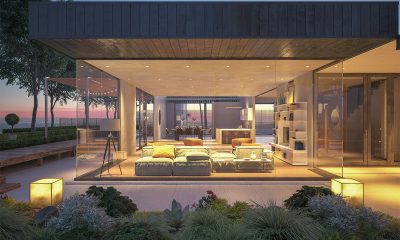


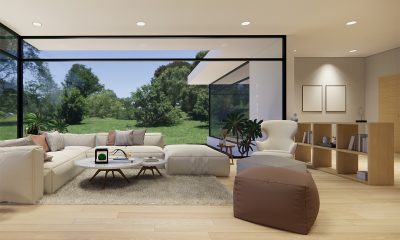
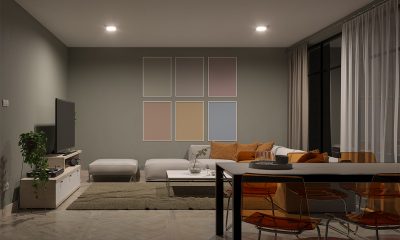


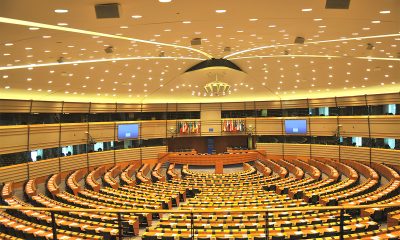
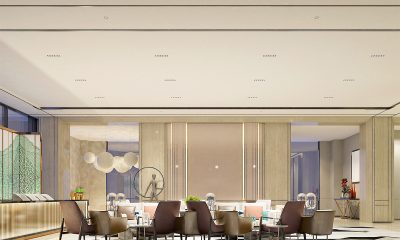
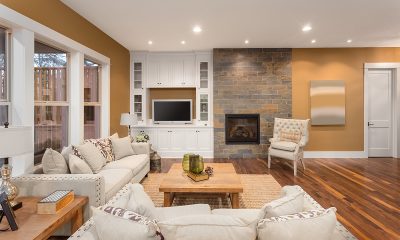





Loading...